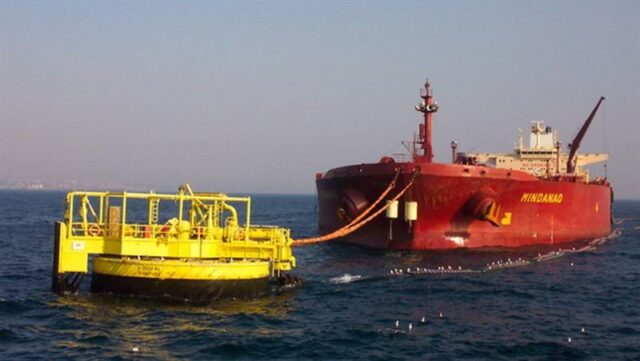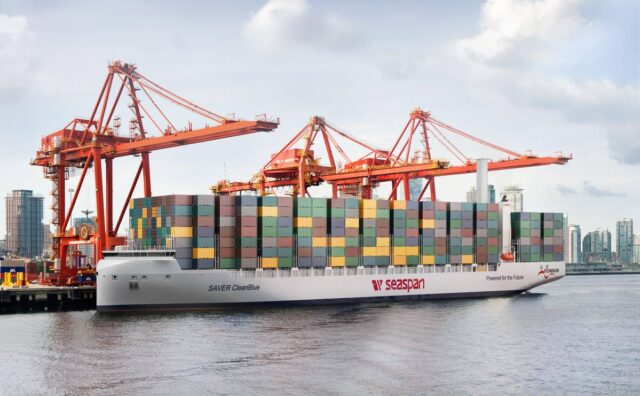Marine momentum: AiPs for bunkering, fuel systems and vessels
By Julian Atchison on October 04, 2024
Bunkering
Korean Register has awarded Approval in Principle to HD Hyundai Mipo for its 23,000 m3 ammonia bunkering vessel at the annual GASTECH event. Hyundai Mipo designed the cargo system to accommodate “distinctive properties of ammonia”.
With these AiPs from KR, HD HMD has not only laid the groundwork for the commercialization of ammonia bunkering but has also secured a diverse portfolio of bunkering vessels, aiming to take a leading position in the construction of bunkering vessels.
Dong-Jin Lee, Head of Initial Design Division at HD Hyundai Mipo, in Korean Register’s official press release, 20 Sept 2024
The American Bureau of Shipping has granted IMODCO AiP for its full range of jetty-less terminal concepts. The technology range facilitates large-volume ammonia transfers away from shore, allowing ammonia carriers to connect with onshore storage or ammonia production via subsea pipeline. ABS approved the Catenary Anchor Leg Mooring (CALM) buoy, CALM soft yoke and Tower Loading Unit (TLU) designs. The range of jetty-less terminals has obvious loading and unloading applications, including ammonia cargo carriers and bunkering vessels.
In collaboration with key value chain stakeholders, including ABS, we are committed to promoting the use of jetty-less systems to enhance safety and cost efficiency for large and frequent ammonia transfers.
Philippe Lavagna, Product Account Manager for Terminals for New Energies, IMODCO, in ABS’ official press release, 18 Sept 2024
And in July, ClassNK granted AiP for an ammonia fuel bunkering boom developed by NYK & TB Global Technologies. The technology was launched in August 2023.
Fuel systems
Also in Houston and also from the American Bureau of Shipping, AiP has been granted for a new ammonia fuel supply system. Japan-based Nikkiso Clean Energy & Industrial Gases designed the new system to be retrofitted to existing vessels or installed on new builds. It features high efficiency pumps and an integrated fuel management system.
The ability to retrofit is significant for the maritime industry to meet sustainability objectives. This new fuel supply system promises a solution with decarbonization benefits of alternative fuels like ammonia to be available for existing vessels near-term.
Michael Kei, ABS Vice President, Technology in his organisation’s official press release, 30 Sept 2024
Nikkiso has also developed a liquid ammonia fuel pump for thermal power plants. The “canned” pump can be installed within ammonia storage tanks and submerged in the fuel.
And as part of a new MoU, ABS and HD Korea Shipbuilding & Offshore Engineering will develop:
- “A comprehensive ammonia fuel supply system including pressure control for large commercial vessels”, and
- “an efficient integrated system that enhances re-liquefaction with cold ammonia fuel supply, thereby improving system efficiency and reducing power consumption.
Container feeder vessel
Lloyd’s Register (LR) has awarded AiP to Seaspan Corporation for its dual-fuel feeder ship design. The 3,100 TEU capacity vessel was developed by TECHNOLOG, and will be able to use ammonia fuel in its two-stroke main propulsion engine. The design is an evolution of an LNG-powered vessel of the same specifications (also by TECHNOLOG), which has been modified to “transition to ammonia during its operational life cycle”. Seaspan is also part of a consortium developing a 15,000 TEU, ammonia-powered container ship.

